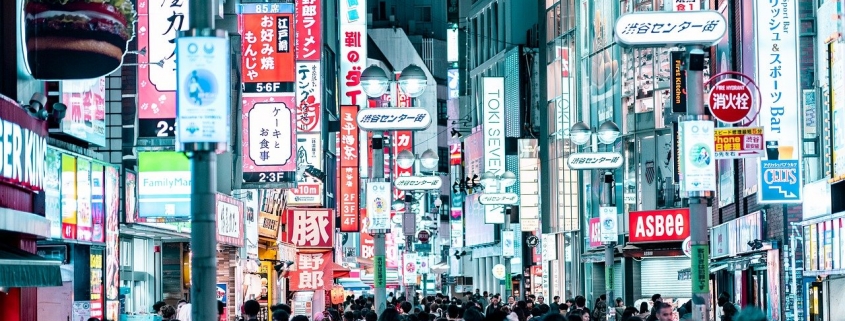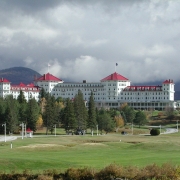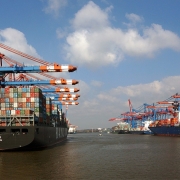The Japanese Economic Miracle: Revisited
Topic of Study [For H2 History Students]:
Paper 1: Understanding the Global Economy (1945-2000)
Section B: Essay Writing
Theme II Chapter 1: Reasons for growth of the global economy
A global economic powerhouse: Japan
From 1968 to 2010, Japan gained international recognition as the world’s second largest economy. Before the devastating ‘Lost Decades’ of the 1990s, academics have sought to figure out the key factors that explained the remarkable growth of Japan. Notably, the keiretsu is well-known contributor of Japan’s economic growth.
Keiretsu: The Japanese business network
After World War Two, the United States dissolved the family-owned conglomerates known as the zaibatsu. Then, six major keiretsu (commonly known as the ‘Big Six’) were formed, such as Sumitomo, Fuyo, Sanwa and Mitsui. The keiretsu comprised of a group of large companies that connected different entities in the production line, like the manufacturers and distributors.
Thus, the Keiretsu can also be seen in practice as the major force behind the transformation of Japanese society from a postindustrial into a postmodern society, in close cooperation with powerful political and social influences.
An excerpt from “Keiretsu Economy – New Economy?: Japan’s Multinational Enterprises from a Postmodern Perspective” by R. Kensy.
These large business groups form interconnected networks to involve banks and industrialists to compete with local and foreign rival firms. Over time, the keiretsu accumulated market share, contributing to their economic dominance in Japan.
By the early 1970s, Japan became increasingly known in the global trade scene, such as the automobile industry. With support from the Japanese government, the keiretsu manufactured goods that rivalled competitors like the United States.
The government essentially closed the domestic market to foreign competition, to allow home-grown enterprises time to develop and prosper. Japanese businesses took the form of a series of keiretsu, vertically integrated companies that straddled virtually every facet of the Japanese economy. And the keiretsu, such as Mitsubishi, Matsui and others, enjoyed unbridled growth during the post-war period.
… By the early 1970s, Japanese car makers were dominating even the once immune US market. The Japanese economic miracle was in full swing.
An excerpt from “The Routledge Companion to Global Economics” by Robert Beynon.
What can we learn from this article?
Consider the following question:
– Assess the importance of the state actors in causing the economic miracle of Japan in the post-war years.
Join our JC History Tuition and learn more about the Global Economy (1945-2000). The H2 and H1 History Tuition feature online discussion and writing practices to enhance your knowledge application skills. Get useful study notes and clarify your doubts on the subject with the tutor. You can also follow our Telegram Channel to get useful updates.
We have other JC tuition classes, such as JC Math Tuition and JC Chemistry Tuition. For Secondary Tuition, we provide Secondary English Tuition, Secondary Math tuition, Secondary Chemistry Tuition, Social Studies Tuition, Geography, History Tuition and Secondary Economics Tuition. For Primary Tuition, we have Primary English, Math and Science Tuition. Call 9658 5789 to find out more.











